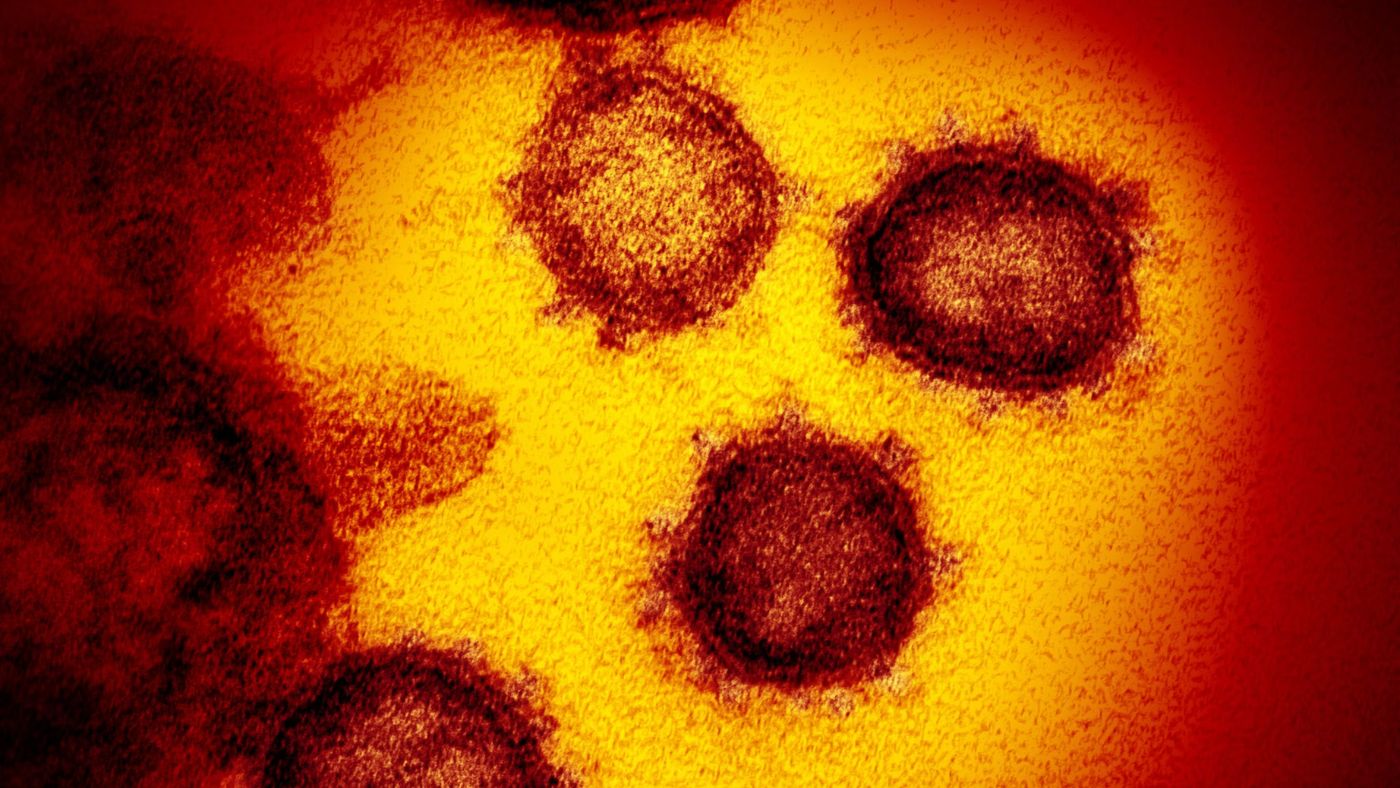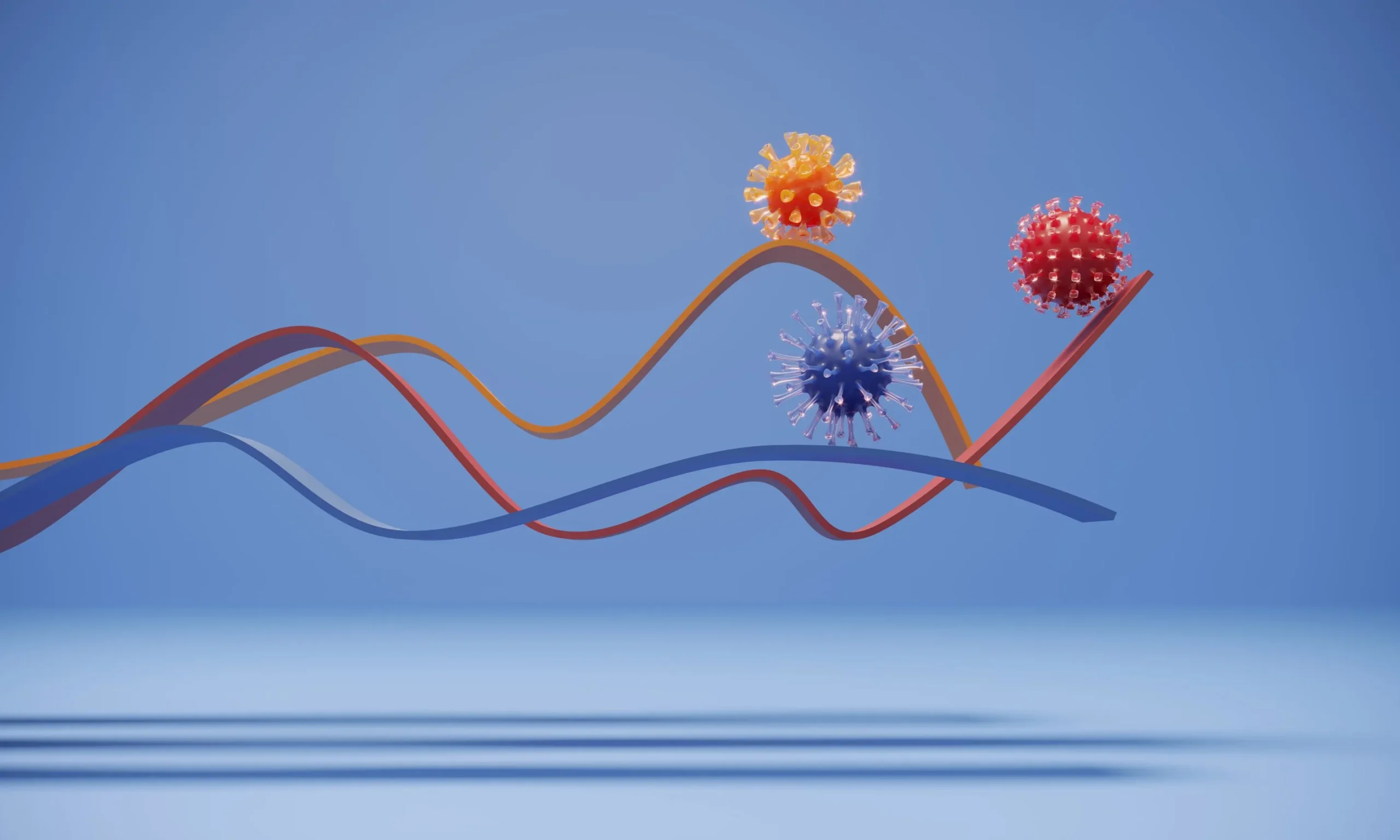With a new variant of the Sars-CoV-2 virus driving a surge in cases, it highlights the evolution of the disease since the onset of the pandemic – and revisits the phenomenon of “Covid toe”.
“Almost four years, and I’ve somehow managed to avoid Covid-19,” TV broadcaster Mehdi Hasan tweeted two weeks ago. “But it finally caught up with me. At the end of 2023.”
Hasan mentioned his symptoms were thankfully mild, yet he represents just one of many reporting their first positive test for the virus responsible for the pandemic, Sars-CoV-2, now four years after its global spread began.
The latest spike in infections caused by the JN.1 variant of the Covid-19 virus shares common symptoms with earlier Sars-CoV-2 variants: sore throat, fatigue, headache, and cough.
Symptoms can vary based on a person’s health and immune status. However, clinicians have noted that diarrhea or headaches are among the most frequent initial indicators of JN.1 infection, whereas fewer patients experience loss of smell compared to Omicron and its related subvariant, JN.1.
Another Omicron subvariant, KP.2, shares genetic similarities with JN.1 but exhibits distinctive mutations in its spike protein, earning it the nickname “FLiRT” for specific amino acid changes.
Although KP.2 shows a higher reproductive number than JN.1, indicating greater transmissibility, the virus itself is up to 10 times less infectious. Its symptoms are reportedly akin to those of other Omicron variants.
Covid-19 cases are on the rise once more due to the KP.2 subvariant, first identified on January 2 but becoming predominant in many countries by May 2024. By May 13, 2024, it constituted 28% of cases in the US.
This follows an earlier uptick in cases earlier in the year linked to the JN.1 subvariant, which emerged in France in September 2023 and accounted for about 60% of new infections in early January, according to data from the US Centers for Disease Control and Prevention (CDC).
Simultaneously, data from both the CDC and the UK Health Security Agency show that hospitalizations and Covid-19-related deaths are significantly lower compared to May 2023.
General practitioners report difficulty in clinically distinguishing Covid-19 symptoms from influenza without PCR testing assistance.
“When Covid-19 first emerged, symptoms were characterized by unusual, vague signs – from brain fog and extreme fatigue to loss of taste and smell,” notes Ziad Tukmachi, a general practitioner at Chartfield Surgery in southwest London, UK.
“Now, it seems to have mutated to present more flu-like symptoms, making clinical differentiation challenging.”
While this might imply that the virus is evolving to become less severe, epidemiologists suggest a more nuanced reality.
“The virus isn’t necessarily less severe,” explains Greg Towers, professor of molecular virology at University College London, UK.
“Rather, it’s infecting a population less prone to illness because they’ve encountered Sars-CoV-2 before and developed more effective immune responses.”
In 2024, factors determining susceptibility are more intricate, including prior infections, vaccination status, and potential waning of vaccine-induced immunity.
Consequently, Denis Nash, an epidemiologist at City University of New York, US, warns that individuals experiencing Covid-19 for the first time now face greater risks, especially if it has been some time since their last booster dose.
“Some individuals have managed to avoid Covid-19 entirely,” Nash remarks. “If they remain unvaccinated or under-vaccinated, they face the highest risk of severe and prolonged symptoms.”
Despite ongoing mutations in Sars-CoV-2, which subtly alter its mechanisms of infection, the JN.1 variant demonstrates heightened immune evasion capabilities compared to other Omicron subvariants. This evolution also affects how the virus impacts the human body.
“Viral tropism has shifted significantly, influencing which cells the virus infects,” notes Towers.
“This is driven by mutations in the spike protein, which is under intense pressure to evade existing immune responses and continue transmission. Consequently, we’re seeing less loss of taste or smell, as the virus targets different cells for entry.”

Researchers continue to investigate whether Sars-CoV-2 variants differ in their potential to cause subtle, internal complications or if these variations are more influenced by declining vaccine-induced immunity.
Concerns persist about the virus’s ability to generate microclots, potentially damaging blood vessels and internal organs like the kidneys, which contain approximately one million tiny capillaries.
“Some observations indicate an increase in microvascular complications and significant changes in kidney function associated with the new JN.1 variant, suggesting it may be more severe than previous variants,” observes David Strain, associate professor of cardiometabolic health at the University of Exeter, UK.
“However, distinguishing whether this results from the variant itself or the passage of 18 to 24 months since many individuals last received vaccination is challenging.”
With emerging evidence suggesting microclots may contribute to Long Covid – one study suggested they could cause cognitive issues in many Long Covid patients by August 2023 – researchers fear a potential surge in chronic cases.
However, distinguishing whether this stems from new variants or declining population immunity remains a challenge.
“Data from early 2020 indicate about a 10% risk of Long Covid from any case,” says Danny Altmann, professor of immunology at Imperial College London.
“With significantly more infections now, the risk of Long Covid appears to have decreased, not due to a milder variant but due to additional vaccine doses.
A study in the BMJ involving a national cohort in Sweden demonstrates increasing protection with each additional dose.”
These insights underscore the ongoing importance for all age groups to stay current with vaccine boosters. Despite political pressures to move beyond Covid-19, Strain emphasizes the need for continued monitoring of variant behaviors.
“Symptoms appear to evolve from one variant to another,” he remarks.
“We’ve observed periods where headaches are the initial symptom, and others where gastrointestinal symptoms predominate. While we all want to return to normal life, the reality is that Covid-19 isn’t disappearing.
In the early stages of the Covid-19 pandemic, reports emerged of an unusual and perplexing symptom – patients developed painful or intensely itchy lesions on their feet and hands. These chilblain-like swellings and reddened skin became widely known as “Covid toe”.
Doctors and scientists were puzzled – how could a respiratory virus cause such unusual symptoms in the body’s extremities?
Tests on samples taken from people with Covid toe failed to detect the presence of Sars-CoV-2, the virus responsible for Covid-19, in the lesions.
This suggests the virus itself may not be directly responsible. Several hypotheses have been proposed, including an exaggerated immune response involving interferon IFN-1, a protein aiding the immune system in targeting virus-infected cells.
Others suggest it may not be specific to Covid-19, but a response occurring in individuals predisposed to chilblains.
Another theory posited that lockdown measures led more people to wear inadequate footwear at home and spend prolonged periods sitting.
Interestingly, as the virus has evolved and lockdowns eased, reports of these cutaneous issues have also declined.
Research from King’s College London, UK, analyzing symptoms reported by over 348,000 app users, reveals a decrease in Covid toe and related skin complaints during recent Omicron waves compared to the Delta variant, which also saw longer-lasting symptoms and a higher incidence rate (17%).
